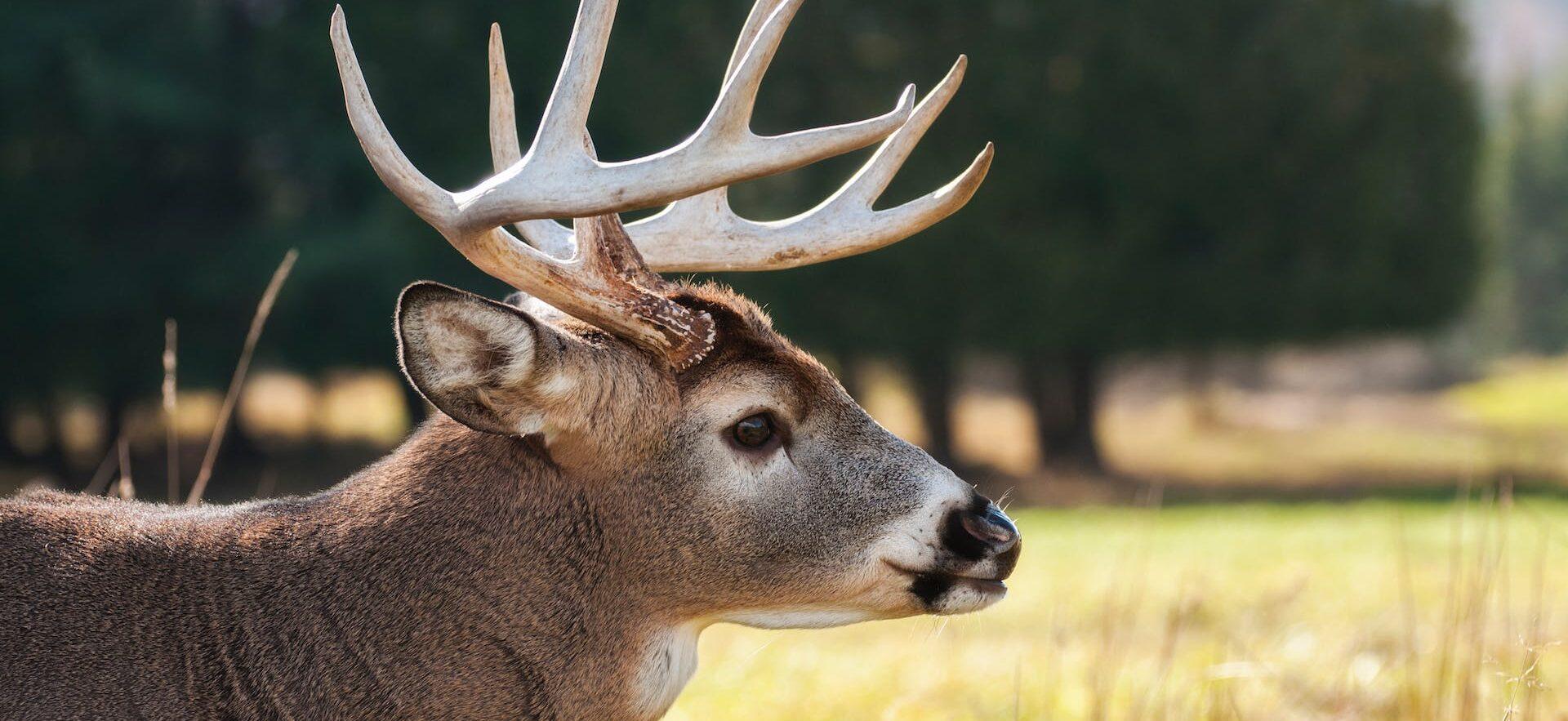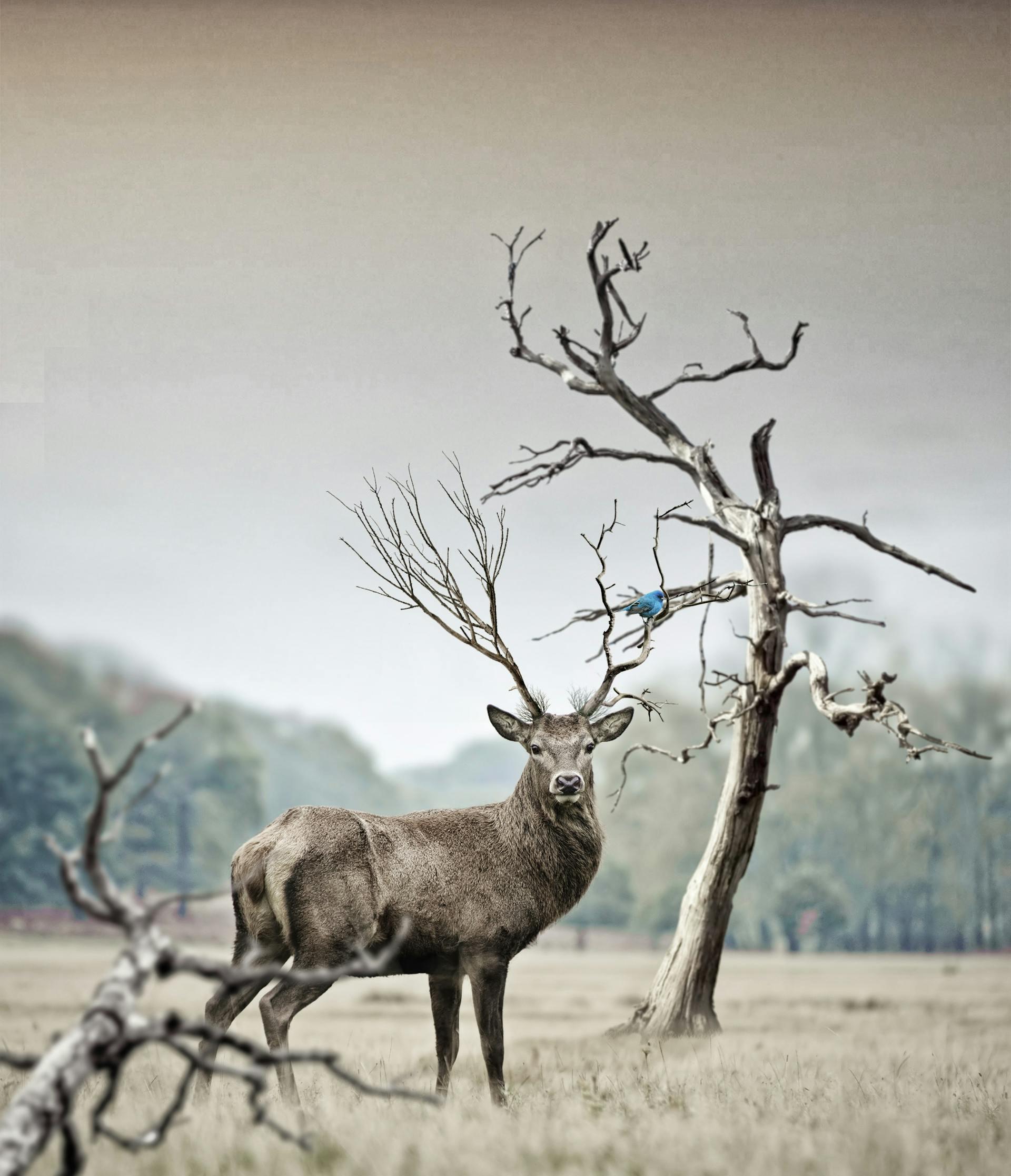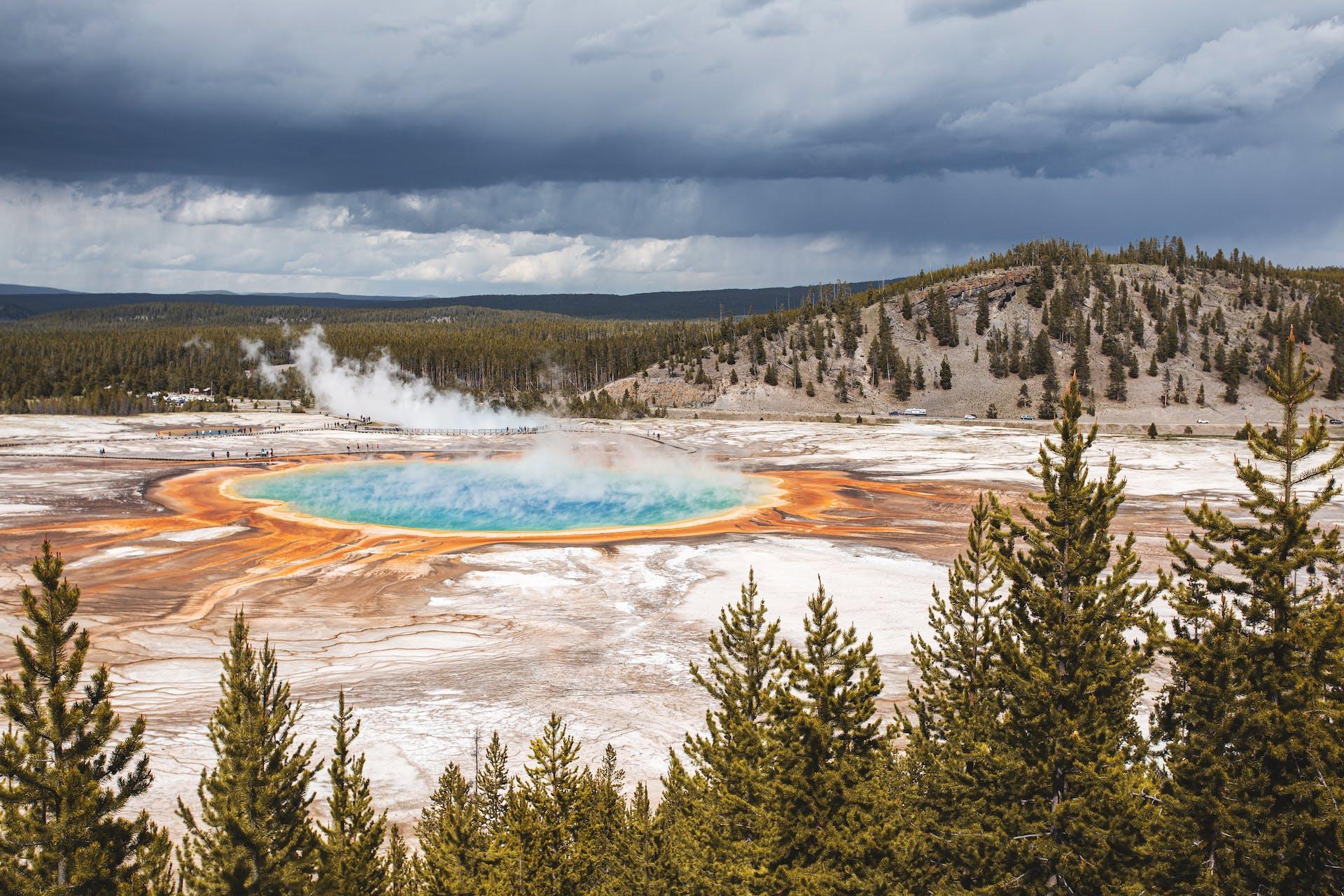Yellowstone National Park Witness First Rare 'Zombie Disease' In Mule Deer
By Afouda Bamidele on November 20, 2023 at 12:30 PM EST

The first case of 'zombie disease' has been confirmed in Yellowstone National Park, where a deer carcass tested positive for chronic wasting disease [CWD].
This fatal brain virus manifests symptoms like confusion, drooling, and lack of coordination, reducing the affected animals' fear of humans. CWD is reported to have spread to more than 23 U.S. states, two Canadian provinces, and even South Korea.
Yellowstone National Park Highlights Next Steps
Yellowstone National Park and the Wyoming Game and Fish Department [WGFD] have officially confirmed the presence of CWD in the carcass of an adult mule deer buck. The discovery was made near Yellowstone Lake in the southeastern part of the park.
The mule deer buck was first captured near Cody, Wyoming, in March 2023 by a WGFD staff for a population study. Unfortunately, the deer, which was fitted with a GPS collar, was discovered deceased in mid-October.
Working with Yellowstone staff, the WGFD located the carcass on the Promontory, a landmass dividing the South and Southeast arms of Yellowstone Lake. They subsequently collected samples and performed several diagnostic tests at its Wildlife Health Laboratory, which confirmed the presence of chronic wasting disease.

To manage the disease, Yellowstone, through the National Park Service website, stated that staff will focus on a variety of actions including enhancing collaboration and information exchange with the WGFD and other state agencies to pinpoint areas in Yellowstone at higher risk for CWD.
Another step would be to intensify monitoring efforts to detect the presence of CWD in other deer, elk, and moose within the park while expanding "the investigation of carcasses and the collection of samples for testing."
According to the WGFD, CWD was initially identified in mule deer in southeastern Wyoming in 1985 and was then discovered in elk in the state the following year. In the subsequent two decades, the disease has expanded westward, impacting a significant portion of the state, particularly mule deer.
It is worth noting that CWD is a prion disease akin to bovine spongiform encephalopathy ("mad cow" disease), leading to fatal neurologic illness in cervids. While no human infections have been reported, health officials recommend avoiding meat from infected animals and taking precautions during field-dressing or butchering animals.
Authorities have stated that there is presently no vaccine or cure for CWD, and the disease is 100 percent fatal.
The Park Still Overcoming Some Weather-Related Obstacles From Last Year
This will not be the first time that the national park has faced a major challenge. Back in June 2022, The Blast reported that the park, which is renowned for its wildlife and numerous geothermal features, had to be temporarily closed down following some flooding and rockslides.

In a statement issued on Monday, June 13, the Yellowstone National Park Service announced the closure of the national park due to "heavy flooding, rockslides, and extremely hazardous conditions."
Earlier that morning, they had shut down roads in the northern part of the park due to "significant flooding, rockslides, and mudslides on roadways resulting from recent unprecedented rainfall." Five roads, including the north entrance to the Mammoth Hot Springs, were closed.
The park service clarified that preliminary assessments on the roads revealed, "multiple sections of road in the park have been washed out between Gardiner and Cooke City, Montana, and multiple bridges may be affected."
Visitors in the northern part of the park had also undergone evacuation, a challenging task given the significant flooding on the roads. U.S. Highway 89 S was closed at Yankee Jim Canyon due to approximately three feet of water covering the roads.
Residents were further advised to consult the Montana Department of Transportation for additional information on road closures. The National Park Service went to work, collaborating with the communities of Gardiner, Silver Gate, and Cooke City to offer support to residents affected by the flooding.
More than one year later, significant progress has been made in rebuilding large sections of the northeast entrance road, although some parts of the Yellowstone National Park are still under construction.